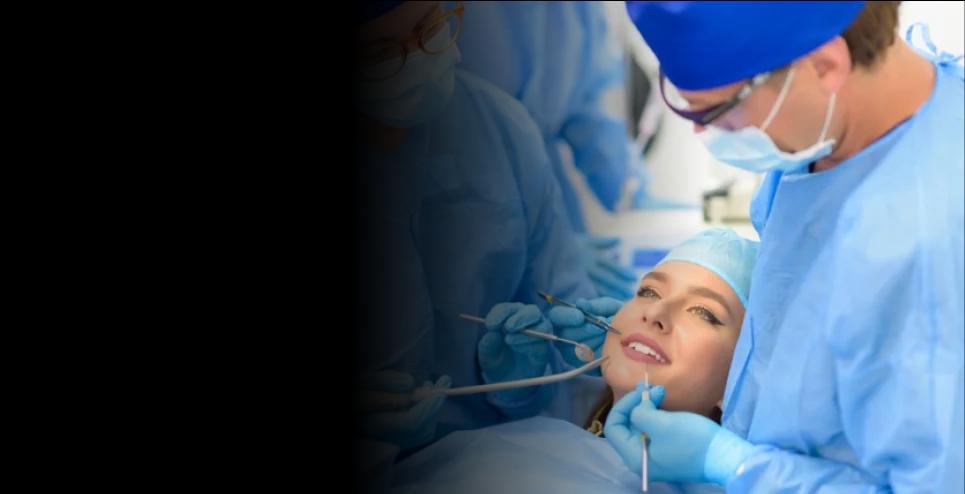Robotic Gastrectomy
at Sterling Hospitals

at Sterling Hospitals

How can we help you?
Robotic Gastrectomy
Robotic Gastrectomy is a minimally invasive surgical procedure performed using robotic technology to remove part or all of the stomach. It is commonly used to treat stomach cancer or certain non-cancerous conditions affecting the stomach, such as gastric ulcers or gastrointestinal stromal tumors (GISTs).
When and why do people go for a Robotic Gastrectomy?
People undergo robotic gastrectomy when they have been diagnosed with stomach cancer or other conditions that require surgical removal of part or all of the stomach. The surgery may be recommended to remove cancerous tumours, reduce the risk of cancer spreading to other parts of the body, alleviate symptoms such as abdominal pain or difficulty eating, and improve long-term outcomes for patients. Robotic-assisted techniques offer several advantages, including smaller incisions, reduced blood loss, shorter hospital stays, and faster recovery times compared to traditional open surgery.
What makes Robotic Gastrectomy different from other treatment options
Robotic gastrectomy differs from other treatment options for stomach conditions, such as open surgery or laparoscopic surgery, in that it utilizes advanced robotic technology to perform the procedure with increased precision and dexterity. The robotic system provides the surgeon with a three-dimensional view of the surgical site and allows for greater flexibility and range of motion of instruments, facilitating complex maneuvers in confined spaces. This minimally invasive approach results in less trauma to surrounding tissues, reduced postoperative pain, faster recovery, and improved cosmetic outcomes compared to traditional open surgery.
How does life change after Robotic Gastrectomy?
Life after robotic gastrectomy can vary depending on the extent of the procedure, the individual's overall health, and the underlying condition being treated. Many people experience relief from symptoms such as abdominal pain, nausea, or difficulty eating after surgery, as the procedure helps to remove diseased portions of the stomach and improve digestion. Recovery from robotic gastrectomy is typically faster than with open surgery, and most patients are able to resume normal activities within a few weeks to months after the procedure. With proper postoperative care, including dietary modifications and regular follow-up appointments, most individuals can expect to enjoy improved quality of life and long-term outcomes after robotic gastrectomy.